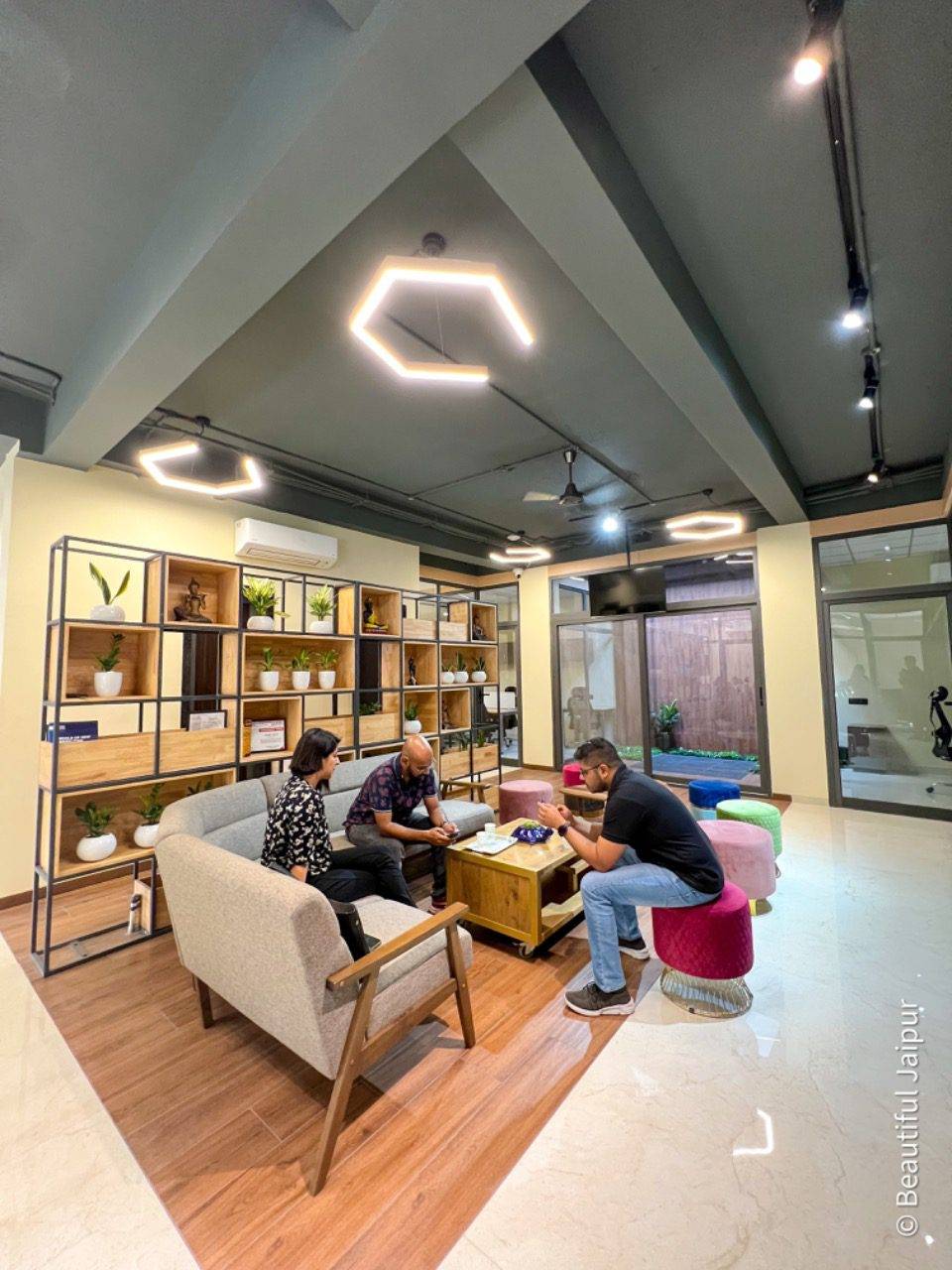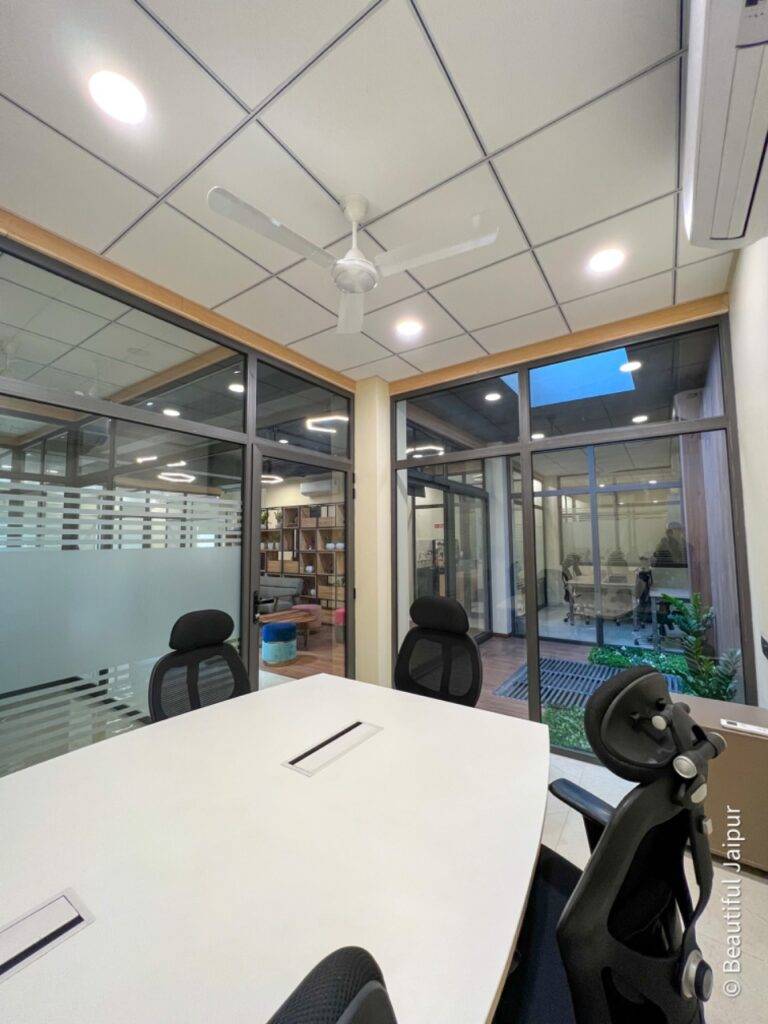
Key learnings from visiting the coworking spaces
The COVID-19 problem has hastened the shift in office and workplace architecture that has been taking place over the past decade, pushing us closer to a hybrid working style.

It’s a hybrid of the traditional office setting and working from home. You can learn a lot from coworking spaces, which have been using a similar approach for a long time.
Over the past decade, coworking has evolved from a bohemian solution for a niche population to a global multibillion-dollar market.
Since a coworking space is viewed as a service that constantly evolves to meet the demands of its users, it must adopt several techniques that give it the freedom to change with the times. Meanwhile, the conventional real estate sector has made reliability a hallmark of its lengthy existence.
- Cutting costs by making things more flexible
- Facilitating greater mobility with hot desking
Beyond the different sorts of memberships offered by coworking spaces, several lessons can be learned about enhancing space management at your firm by observing how others do it. Hot desk pricing was prevalent in the early days of coworking and is seeing renewed popularity due to the current pandemic (also called “flex desks” in other markets).
Space efficiency improvements that lead to lower user expenses
In exchange for a reduced monthly fee, users of this pricing tier are not guaranteed a specific desk but are free to select one from among those made accessible daily. This means that members who don’t require a dedicated workstation can take advantage of the coworking space’s more reasonable pricing. As a result of having some members who don’t come in every day, the coworking space can safely remove some of the permanent desks without risking overbooking.
Offices of companies could leave less of a mark.
If your firm were to switch from using permanent desks to mobile workstations, you could save money on office rent by reducing the amount of space you need. That space may also be used to improve the quality of work life elsewhere in the office, or both ideas could be implemented.
Making spaces for more productivity
Another thing you may have noticed about coworking spaces is that they rarely feature individuals working at their desks in their marketing materials. Instead, they are always portrayed at some networking or training event, meeting, team-building exercise, etc.
Dedicated areas for every possible pursuit
Traditional offices typically consist of cubicles, conference rooms, and break rooms. However, an activity-based design approach tries to separate the various work-related tasks that need to be completed by employees throughout the day. Some job tasks, especially solo tasks, may be better suited to a desk.
In contrast, others may be better suited to a different location, such as a video conference booth or a more casual meeting area resembling a hotel lobby or café. One may hold a private meeting in one of the coworking space’s meetings rooms, while a more extensive presentation or workshop could be held in the space’s auditorium or theatre.
Using individual spaces better, so there are more places to work together
Regarding shared areas and spaces where activities other than individual work may be carried out more successfully and without bothering other colleagues, coworking spaces have fully maximized the space dedicated to personal work, increasing their occupation with hot desking.
Permanent workstations can be eliminated and the extra space used to create a variety of high-quality workplaces for employees in a corporation where the need to maximize profits per square foot is less pressing.
Employees will be more productive because they can select the workspace that best suits their needs on any given day or at any time.
Conclusion
And in the end, it has been shown that coworking significantly improves workers’ productivity, creativity, and overall well-being. If coworking has many advantages, why not incorporate it into the company’s comprehensive plan? Away from the office, people are more likely to be creative, open up to new ideas, and strengthen existing relationships.

